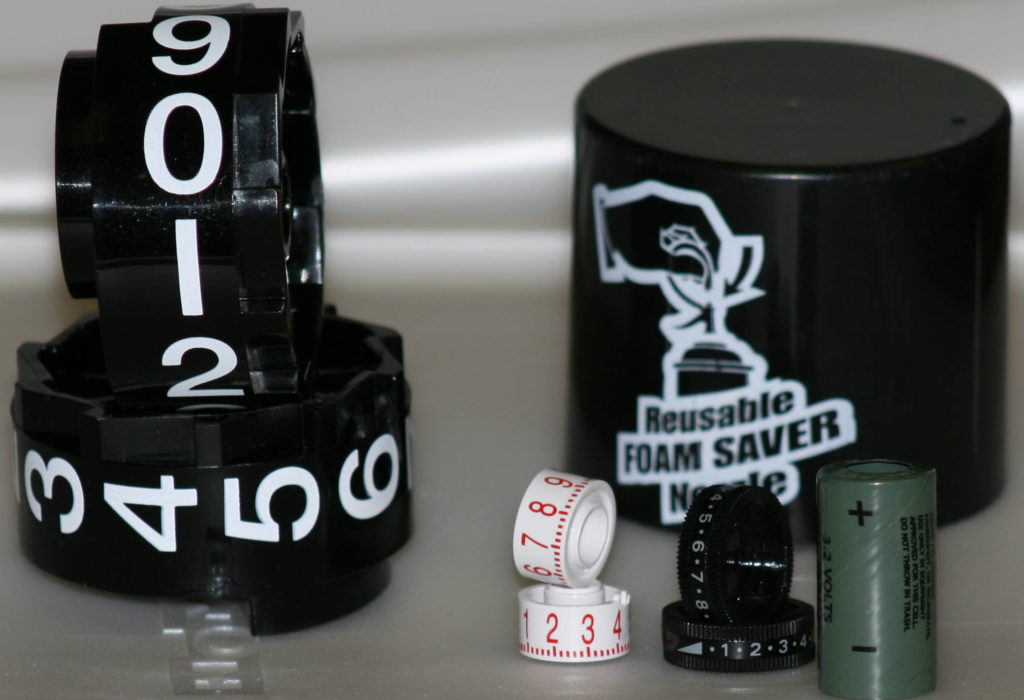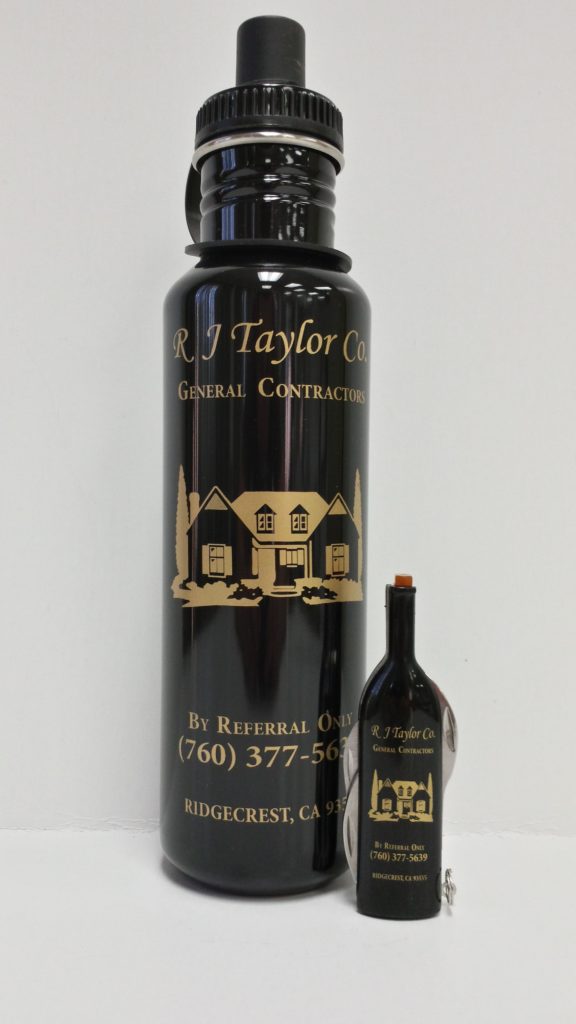Modern pad printing goes back to the early 1950s, was originally developed to print the numbers on watch dials. Techprint uses 15 pad printing machines ranging in size from 50mm to 150mm. Pad printing utilizes a photo-etched plate for the legends and silicone pads to transfer that legend to the part. Pad printing is well suited to print on odd shapes, textures, and multiple surfaces because of the pads’ unique flexibility.
Key Benefits
*One of the least expensive of all print methods.
*Able to reach areas unable to print with other methods.
*low cost per part in medium to high volume.
Capabilities
Our capabilities set us apart from the normal pad printer. We have been producing the more difficult jobs since 1984, the stuff the manufacturers said can’t be done. Epoxy printing: One and two-part epoxy inks work well with many materials, there are even flexible epoxies for printing on soft flexible materials. Sublimation printing ink is specially made to molecularly bond with and dye the material being printed; radiant heat is required to sublimate the image to the part so a high-temperature thermoplastic is recommended. Our rotary process is very different from the standard rotary printing machines offered, so much so that we have a page dedicated to Rotary Printing.

